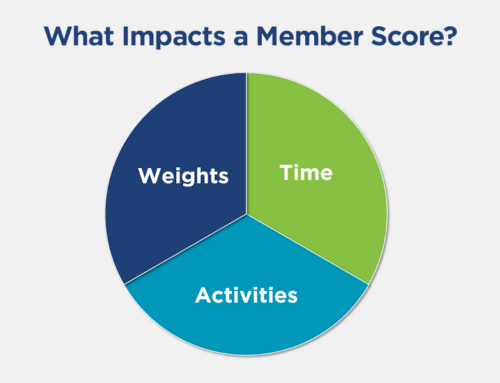It’s likely that every association has multiple challenges and opportunities that can be addressed with data analytics and uncovering all of the costs of those situations is a powerful way to evaluate whether it’s time to take action.
We recommend quantifying the cost of the current situation — which includes direct, indirect and lost opportunity costs — before looking for solutions. That way, you are set up to succeed.

Here are a few of the questions that we recommend asking before you start:
- What are the primary drivers for data analytics? Common answers are:
- To have a single version of the truth and increase accuracy and confidence.
- To arrive at faster answers to business questions and reduce delays.
- To see a 360-degree view of members and prospects and obtain a better understanding.
- To allow self-service for association staff which gives them more control and increases satisfaction.
- Are there specific pressing problems or opportunities this will address for your association? Can accessing and understanding the data help achieve any of the organization’s strategic objectives? For example, some clients have a strategic objective to increase membership by 10 percent, or increase conference or seminar participation by a fifth.
- How does this rank in the organization’s priority list?
- What roles within the organization will use data analytics? What are they using now? What do they struggle with?
- Who will sponsor the initiative? The most successful implementations have the type of people who drive excitement and adoption in common:
- Full executive support and other key decision makers who understand the goals.
- A strong internal leader who owns the project and to whom it is a priority.
- Other internal champions who will be using the solution.



